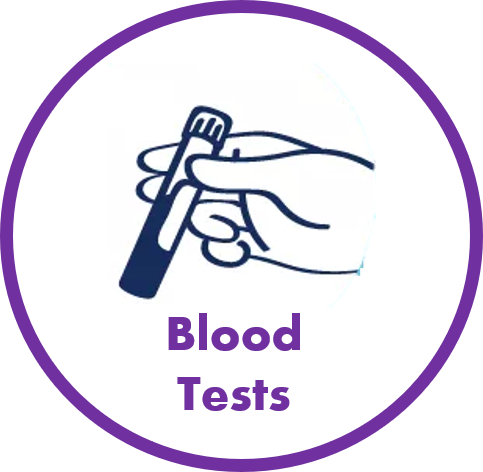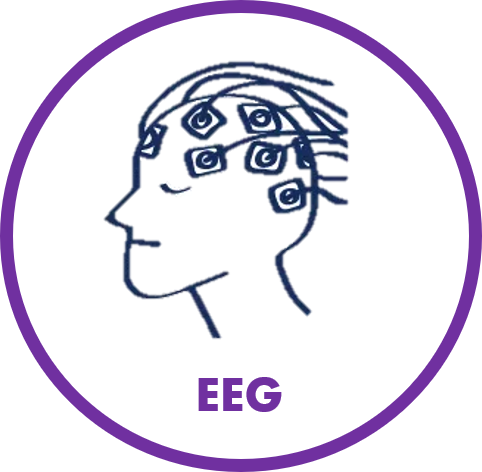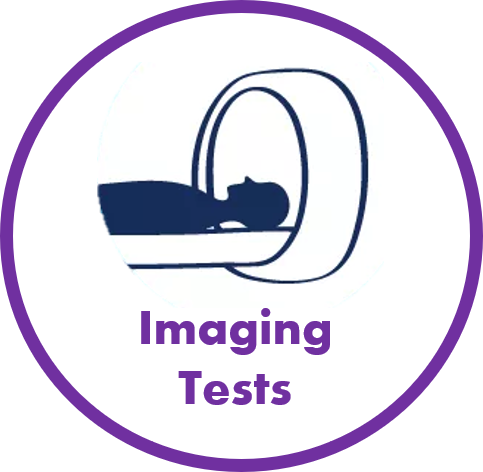






Diagnosing seizures and the type of epilepsy is like putting the pieces of a puzzle together and includes information from many people and different tests.
In order to diagnose epilepsy, your doctor will need to verify that you've had two or more unprovoked seizures and then figure out what type of seizures they were. Diagnosing epilepsy often involves some testing to verify that you had a seizure and to check for any underlying condition that may have caused it, such as stroke, a tumor, or any structural abnormality in the brain that you may have been born with. Your doctor will likely look at your medical history and family history, and perform physical and neurological exams. You may also have tests to look at your brainwave patterns, such as an EEG or magnetoencephalography, and an imaging scan, like magnetic resonance imaging (MRI).
 |
 |
 |
 |
 |
 |
 |
Your doctor will start by reviewing your medical and family history to see if seizures run in your family and asking about the symptoms you've experienced. Diagnosing epilepsy can be tricky since your doctor most likely will not witness you having a seizure. It helps if you keep a detailed history, including:
Get detailed descriptions from anyone who's witnessed your seizures. Eyewitness accounts are invaluable in diagnosing epilepsy.
You will probably also have a physical exam and lab tests so that your doctor can check to see if there's an underlying medical condition that's causing your seizures.
If you already have a chronic medical condition, be sure to let your doctor know about it since it may be contributing. Even if your underlying condition is not the cause, it could still interfere with any anti-seizure drug your doctor prescribes by causing poor absorption or negative interactions. These tests give your doctor clues about where in the brain your seizures may be originating, which helps them select the most appropriate treatments.